According to Reuters, a day after Typhoon Haiyan churned through the Philippine archipelago in a straight line from east to west, rescue teams struggled to reach far-flung regions, hampered by washed out roads, many choked with debris and fallen trees.
The death toll is expected to rise sharply from the fast-moving storm, whose circumference eclipsed the whole country and which late on Saturday was heading for Vietnam.
Among the hardest hit was coastal Tacloban in central Leyte province, where preliminary estimates suggest more than 1,000 people were killed, said Gwendolyn Pang, secretary general of the Philippine Red Cross, as water surges rushed through the city.
"An estimated more than 1,000 bodies were seen floating in Tacloban as reported by our Red Cross teams," she told Reuters. "In Samar, about 200 deaths. Validation is ongoing."
She expected a more exact number to emerge after a more precise counting of bodies on the ground in those regions.
Witnesses said bodies covered in plastic were lying on the streets. Television footage shows cars piled atop each other.
"The last time I saw something of this scale was in the aftermath of the Indian Ocean Tsunami," said Sebastian Rhodes Stampa, head of the U.N. Disaster Assessment Coordination Team sent to Tacloban, referring to the 2004 earthquake and tsunami.
"This is destruction on a massive scale. There are cars thrown like tumbleweed and the streets are strewn with debris."
The category 5 "super typhoon" weakened to a category 4 on Saturday, though forecasters said it could strengthen again over the South China Sea en route to Vietnam.
Authorities in 15 provinces in Vietnam have started to call back boats and prepare for possible landslides. Nearly 300,000 people were moved to safer areas in two provinces alone - Da Nang and Quang Nam - according to the government's website.
The Philippines has yet to restore communications with officials in Tacloban, a city of about 220,000. A government official estimated at least 100 were killed and more than 100 wounded, but conceded the toll would likely rise sharply.
The national disaster agency has yet to confirm the toll but broken power poles, trees, bent tin roofs and splintered houses littered the streets of the city about 580 km (360 miles) southeast of Manila.
According to AP, weather officials said Haiyan had sustained winds of 235 kph (147 mph) with gusts of 275 kph (170 mph) when it made landfall. By those measurements, Haiyan would be comparable to a strong Category 4 hurricane in the U.S., nearly in the top category, a 5.
Hurricanes, cyclones and typhoons are the same thing. They are just called different names in different parts of the world.
Philippine broadcaster ABS-CBN showed fierce winds whipping buildings and vehicles as storm surges swamped Tacloban with debris-laden floodwaters.
In the aftermath, people were seen weeping while retrieving bodies of loved ones inside buildings and on a street that was littered with fallen trees, roofing material and other building parts torn off in the typhoon's fury. All that was left of one large building whose walls were smashed in were the skeletal remains of its rafters.
ABS-CBN television anchor Ted Failon, who was able to report only briefly Friday from Tacloban, said the storm surge was "like the tsunami in Japan."
"The sea engulfed Tacloban," he said, explaining that a major part of the city is surrounded on three sides by the waters between Leyte and Samar islands.
The Philippine television station GMA reported that its news team saw 11 bodies, including that of a child, washed ashore Friday and 20 more bodies at a pier in Tacloban hours after the typhoon ripped through the coastal city.
Nearly 800,000 people were forced to flee their homes and damage was believed to be extensive. About 4 million people were affected by the typhoon, the national disaster agency said.
Relief workers said they were struggling to find ways to deliver food and other supplies, with roads blocked by landslides and fallen trees.
Last year, Typhoon Bopha flattened three towns in southern Mindanao, killing 1,100 people and causing damage of more than $1 billion.
MNA
END



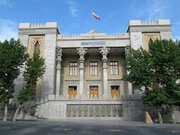


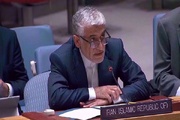
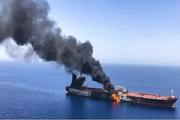



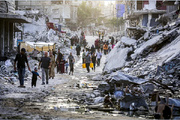



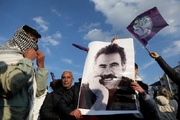

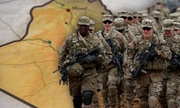


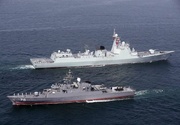


Your Comment